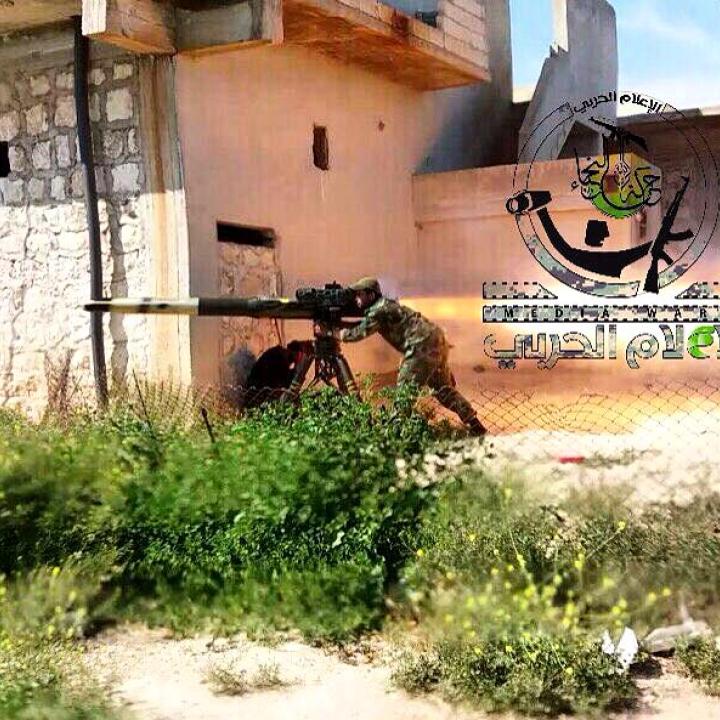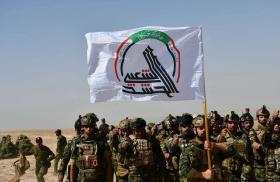
Militia Playground: Kinetic Operations Refocus on East Syria

Iran-backed groups seem to be directing their more dangerous attacks against coalition forces in Syria, not Iraq, and the trend could accelerate in early 2022.
Militia Spotlight has previously reported on periods when the Iraqi muqawama (resistance) increased their targeting of U.S. points of presence in Syria. Militia channels first began reporting on these attacks in June, describing rocket strikes against U.S. bases. Then, in the first half of July, they reported on five attacks in Syria, coinciding with a major escalation against coalition forces in Iraq. Sporadic attacks continued through September before pausing, largely in line with a reduction of attacks in Iraq. One exception was the unusual October 20 attack on the U.S. base at al-Tanf using one-way drones.
In the first half of December, however, attacks in Syria have resumed, including at least two rocket strikes. In addition, muqawama channels have reported on at least four roadside bomb attacks purporting to target coalition logistical convoys. These convoy attacks are all alleged to have occurred around Hasaka province in northeast Syria (Figure 1). While targeting convoys is a very common muqawama tactic in Iraq, militias had not reported on or claimed roadside bomb hits in Syria until now. Their media activity regarding U.S. convoys in Syria was previously limited to imagery demonstrating that they were monitoring these movements.
Reported attacks in Syria loosely mirror the muqawama’s posture in Iraq—that is, rising during periods of escalation and falling during partial ceasefires. Yet militias have continued to use rockets and drones in Syria even during periods when Iraqi attacks have been increasingly limited to roadside bombs. The most recent uptick correlates with growing escalation and threats by muqawama media channels, social media influencers, and the Tansiqiya (muqawama coordination committee), along with the militia Harakat Hezbollah al-Nujaba and its leader Akram Kaabi. The Tansiqiya has confirmed that the militia “ceasefire” against U.S. forces will expire on December 31, the date by which the American combat mission in Iraq is scheduled to formally end. This deadline has been repeated extensively across militia media.
Unlike in Iraq, where attacks have had increasingly negative political consequences for militias, Syria seems to be treated as a no-holds-barred environment. As a result, militias may be more willing to overreach there. The latest rise in reported attacks is likely part of an effort to ramp up their activity and test the response ahead of potentially greater violence when the ceasefire expires. Various elements of the U.S. and coalition presence will remain in Iraq after the deadline, so as militias begin responding to this fact in early January, they may act primarily in Syria.
The muqawama could also strike in Syria to mark the anniversaries of two key events that occurred in 2020: the U.S. strike that killed militia commander Abu Mahdi al-Muhandis and Iranian Qods Force chief Qasem Soleimani on January 3, and the nonbinding resolution to evict foreign forces that was passed by a minority of Iraqi parliamentarians on January 5. Militias might also view Erbil in Iraqi Kurdistan as a relatively low-cost target.





